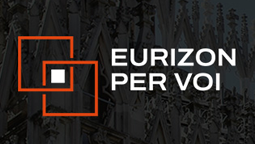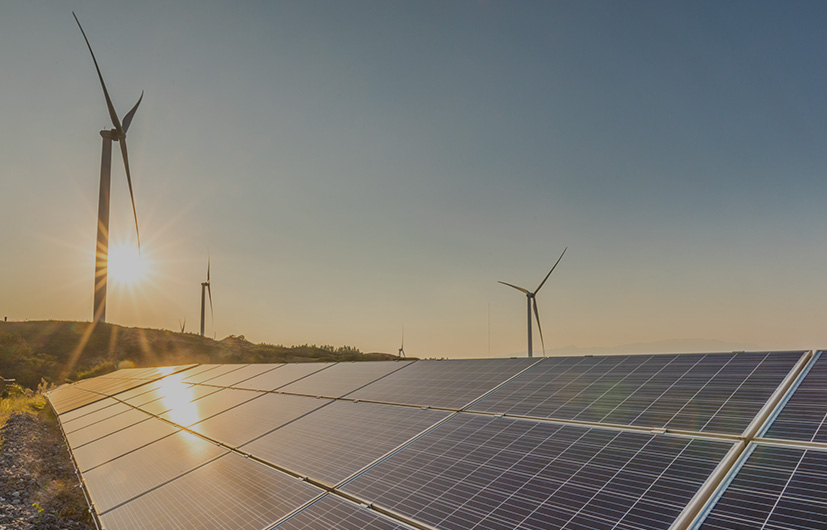Scopri i nostri prodotti
Effettua la ricerca per visualizzare i valori quota e le schede prodotto
Il nostro punto di vista
Sostenibilità

Sostenibilità
I DOCUMENTI SULLA SOSTENIBILITà
News e avvisi
News
21 novembre 2025
12 novembre 2025
18 settembre 2025
Avvisi alla clientela
6 dicembre 2025
5 dicembre 2025






















